EBOSS and New Zealand Certified Builders (NZCB), with design input from Architects Designgroup Stapleton Elliott (DGSE), have teamed up with quantity surveying firm YourQS to put real numbers to the cost of the increased insulation standards, which were introduced in 2023. This was a direct response to the Minister of Construction announcing a review was underway into the cost implications of the new H1 Thermal Insulation standards.
The results reveal that the cost of improved insulation for Kiwi homes is far less than the $40,000 - $50,000 cited by some — and can even be as low as $2,179 for a 3-bedroom house built in Auckland or Tauranga (Climate Zone 1), if factored in during the design phase of a project.
We looked at two good examples, and in both the cost increase is marginal, so we know you can spend a little more money and get much greater thermal performance — contributing to drier, healthier, warmer homes with reduced energy consumption.
We understand that the government has a focus to bring down the cost of construction to make it more in line with costs in Australia. We don’t believe the new H1 needs to add a lot of cost to building, and the expected gains in energy efficiency will offset the minimal outlay quickly.
With the government considering whether to revert to older (and lower) pre-2023 H1 insulation standards, together EBOSS, NZCB, DGSE and YourQS hope our research will help inform this discussion, by showing that warmer, healthier, cheaper to operate Kiwi homes can be achieved with relatively small cost increases to homeowners.
The cost comparison approach
We analysed two real-life standardised plans designed by architects DGSE that will form part of a new NZCB Studio range of designs. Although the designs prepared by DGSE significantly exceed the H1 regulations, we looked at the minimum costs required to meet H1 requirements using two different methods:
- The ‘schedule method’— where architects and designers follow a standardised table outlining the minimum insulation values required for each key building element (floor slab, roof, walls and glazing) in a particular climate zone — currently the most common method used; and
- The ‘calculation method’ — where architects and designers work out the total heat loss of the proposed building from all the areas and construction R-values (thermal performance) for that building, which is then compared to the heat loss of a reference building to determine compliance
The results were then costed by YourQS using their 3D Visual Costing System, taking into account labour times, materials and subcontractors, and applying a typical cost rate and mark-up for a small-medium residential builder. The YourQS software uses accurate pricing, fine tuned from actual costs of over 3,000 recent house builds. This enabled calculation of the cost of insulating the house under the current H1 standards compared to the lower standards that were in force before 2023.
The results
Using the schedule method, H1-compliant insulation added $10,609 to pre-2023 build costs for the 3-bedroom 140m² house plan, but brings all the health benefits and savings on heating that comes with having a properly insulated home.
The research found that these additional costs could be reduced to just $2,179 over the pre-2023 build cost by using the more sophisticated calculation method.
“In our view, the debate about the costs of H1 has been hampered by a reliance on anecdotes and very rough guesses about how much these regulations add to the cost of building,” says Malcolm Fleming, New Zealand Certified Builders Chief Executive.
“This cost analysis on the 3-bedroom NZCB Studio design provides much-needed hard data to inform this discussion. The findings confirm that the cost impact of H1 is considerably less than this anecdotal reporting, and it also validates the industry view that using a more sophisticated calculation method rather than a blunt schedule method reduces the H1 cost impact significantly.”
The report also analyses a 2-bedroom 92m² house — with results showing the increased insulation standards would add $11,417 on pre-2023 build costs if using the schedule method. Using the calculation method would actually make the home $1,334 cheaper to insulate than under the pre-2023 standards, with superior insulation.
Where to from here?
NZCB, DGSE, YourQS and EBOSS believe that reverting to outdated insulation standards would be detrimental for Kiwi homes. We believe the value of insulation is well worth the costs, particularly if designers use the calculation method to keep the cost down.
If the wider industry was to adopt the calculation method approach, then we don’t see the need for the government to roll back the standards, or to make the new standards optional. This exercise demonstrates that the industry is capable of designing buildings with higher thermal performance without the need for greater expense.
Furthermore, the cost analysis from YourQS highlights the flexibility architects and designers have to balance insulation levels and cost, with the calculation method providing pathways to meet minimum requirements or to develop higher spec builds that offer greater thermal performance and energy efficiency.
Resources:
- Download the H1 Cost Comparison Report
- View the two NZCB Studio plans used in the cost comparison exercise
We're keen to hear your feedback. Feel free to comment below or contact us directly with your thoughts or questions:
- Malcolm Fleming, NZ Certified Builders: [email protected]
- Nick Clements, YourQS: [email protected]
- Matthew Duder, EBOSS: [email protected]











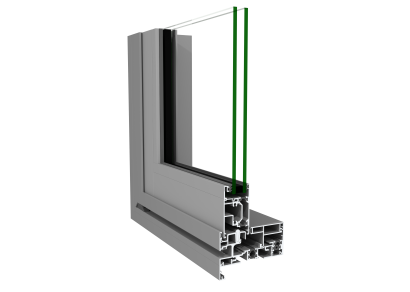

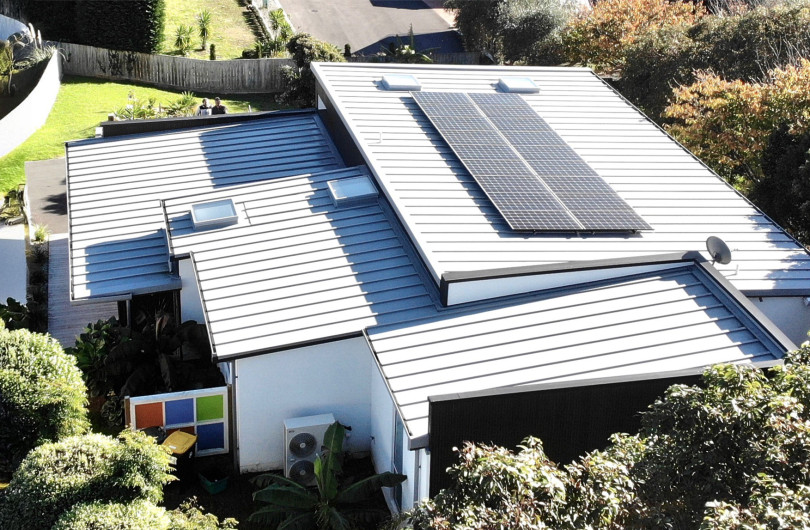
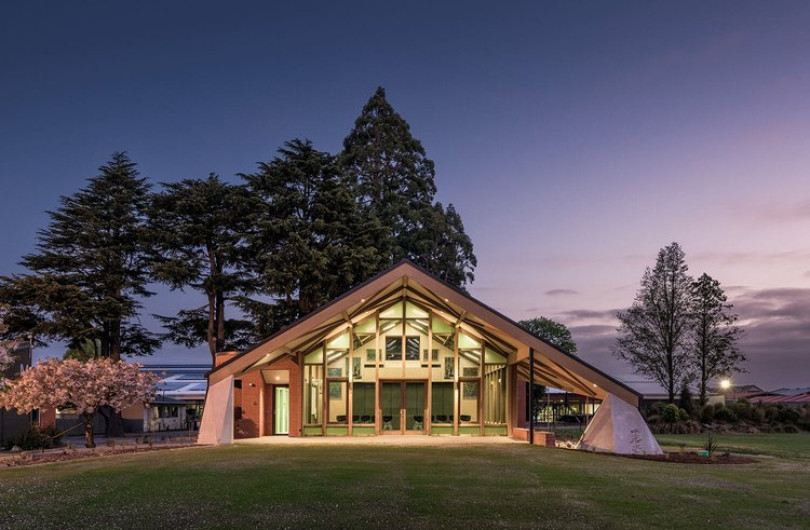



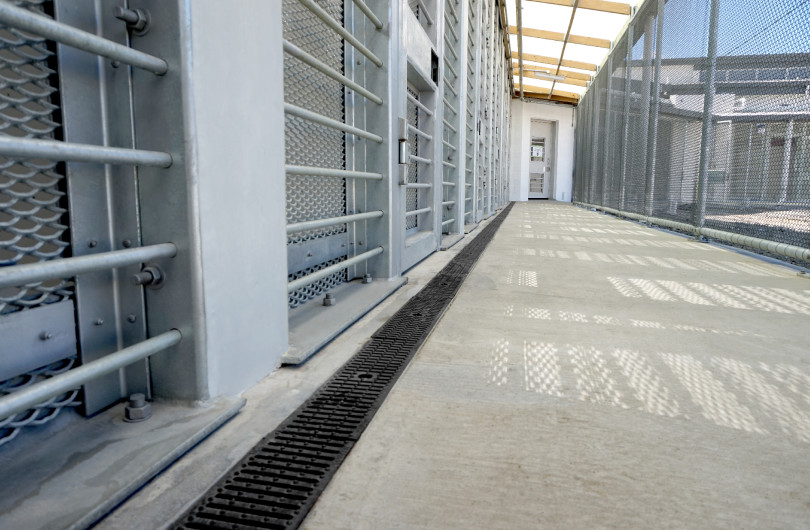






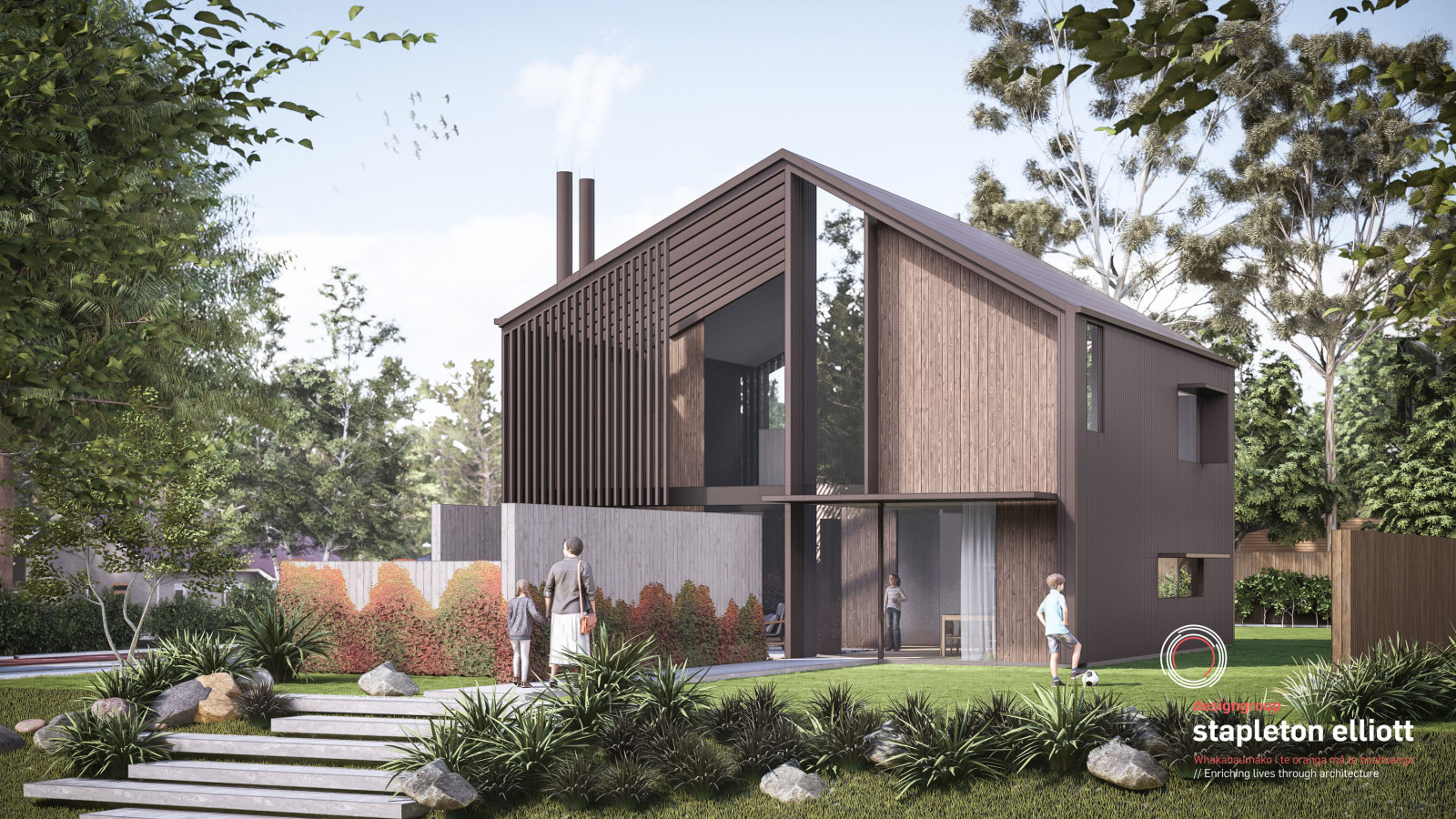



 Most Popular
Most Popular Popular Products
Popular Products


